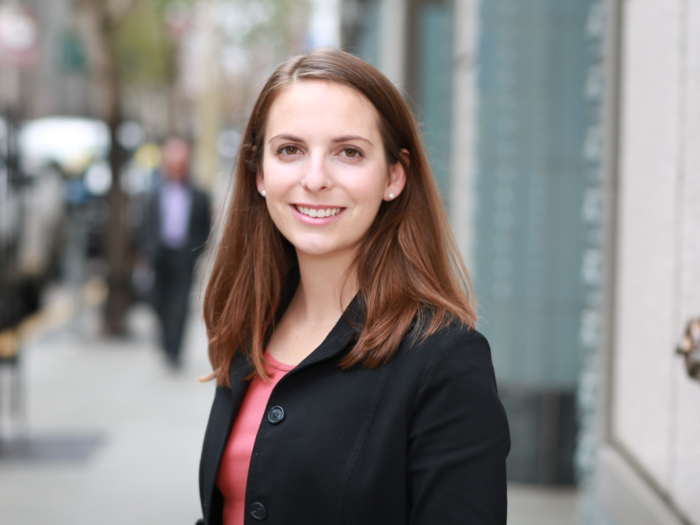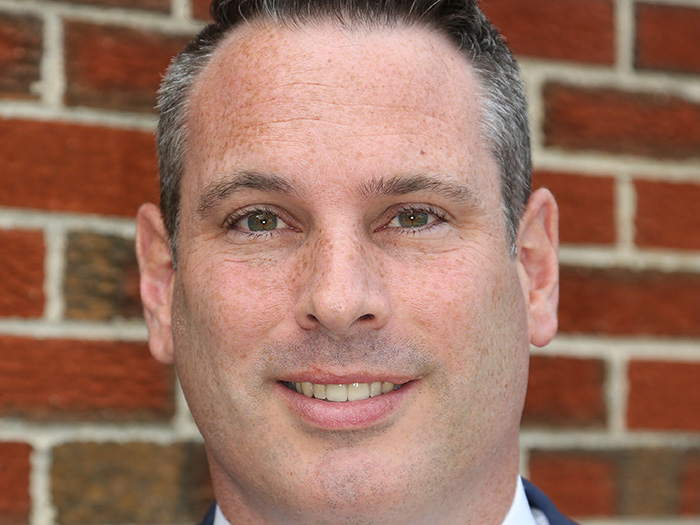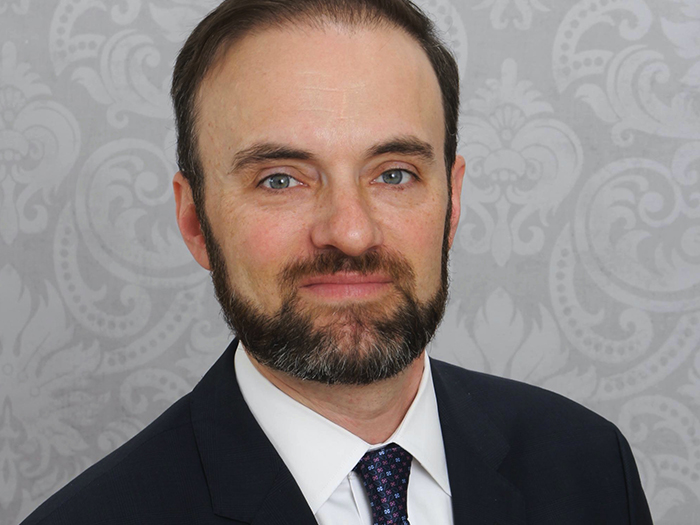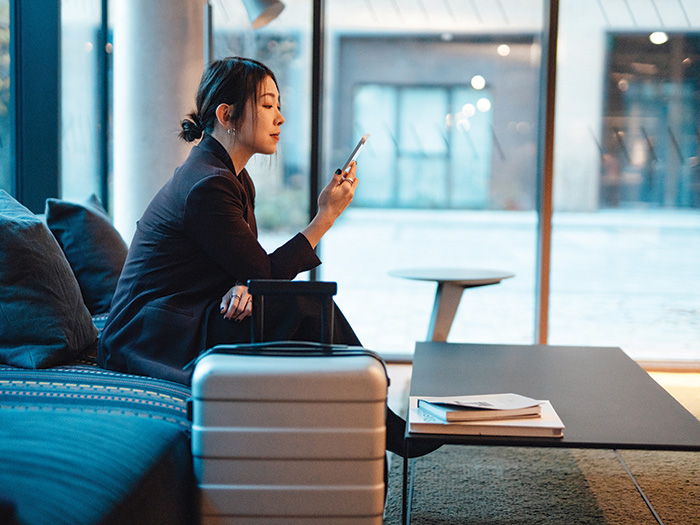Rising Star Nicole Sivieri Shares Her Take on the Future of Transportation and the Shared Economy


Come see the Stars! As part of our ongoing coverage of the best brokers in the commercial insurance space, Risk & Insurance®, with the sponsorship of Philadelphia Insurance, is expanding its coverage of the Rising Stars — those brokers who represent the next wave of insurance brokering talent.
Look for these expanded profiles on the Risk & Insurance website and in your social media feeds now and continuing into 2023.
Here’s our conversation with Nicole Sivieri, vice president, shared economy & mobility at Marsh, and a 2022 At Large Power Broker and Rising Star.
Risk & Insurance: What key exposures are automotive and transportation companies facing today and how are you working with your clients to address them?
Nicole Sivieri: For my clients in the [autonomous vehicle] space, the really big change is that there’s more computer systems and technology in vehicles. And the decision making is then shifting from a human to these tech systems, and that is the liability shift that they’re working with Marsh to build insurance solutions for.
R&I: So this is when AI is given more insight into decisions?
NS: It is 100% real intelligence, artificial intelligence. But essentially, it’s a robot driving the vehicle instead of a human. And that robot needs to be held liable in some type of way for those decisions and obviously optimized safety for all road users.
R&I: As you help clients pave the way for autonomous vehicles to appear on roads in a greater frequency, how have you developed the confidence to challenge status quo thinking about the involved risks?
NS: Firstly, I would argue that the market we have built to date, which is over $550,000,000 of risk transfer for AV, is a testament to the confidence that we have built. And, really, when it comes to challenging the status quo, it’s too easy to say that we have about 100 years of data for on-road driving by humans. And what predictive value does that have in the future?
And in AV, we only have, I would say, 20 years plus a whole bunch of simulation data to supplement that. So that gap is the bridge that we were trying to solve in terms of where the markets were and where the companies are in terms of [readiness] to commercialize.
The data speaks for itself. We have public testing on roads today that’s totaling in the tens of millions of miles. So every year, there’s more and more testing, more and more commercialization, and again, you can look at it and say, “Wow, is this safer than a human?” Today it is clear, especially with the LiDAR-enabled technology.
R&I: Many transportation network companies have been on a financial rollercoaster ride since the onset of the pandemic. What have been some interesting ways that you’ve seen TNCs pivot and re-examine their value proposition over the past year or so?
NS: I think the value proposition for TNCs have only increased, especially when it comes to transportation equity. There’re so many examples of cities that were very restrained for cash. Their budgets were completely slashed. There was no money for public transit, because no one was commuting anymore, and they really needed a solution for people who did need to rely on public transit.
And TNC could provide that when a standard bus fleet would still cost way too much money for a company or a city to run. Where I really think TNCs were able to say, “Hey cities, this is the data we have. This is what we were able to learn. And here’s our technology, and here’s a better way to do it that is better for the customers as well.”
You saw the same things in the school transportation space. So there was a huge school bus shortage and the pandemic — especially when kids were the last to be vaccinated. It wasn’t necessarily the best solution to stick them all on the same bus. So a private passenger vehicle solution ended up being optimal and saving districts more than 30%.
And then I would say, if you look at the Ubers of the world, they immediately were able to keep their driver pool by transferring to delivery. So no one wanted to leave their houses, and their value proposition [has] sort of grown in the sense of, “Hey, it’s not just people that need to get around, it’s goods. And how do we build that business model out as well?”
R&I: Outside of the transportation network arena, what other aspects of the shared economy have sparked your curiosity?
NS: I work with a company called Swimply, and they’re swimming pool and tennis court sharing. One, I would say they’re a great team to work with in terms of the community they’re building; it really is about connecting neighbors and building that local community — which is just the core of [the] peer-to-peer marketplace, that trust.
And it’s also how pools and tennis courts are an underutilized asset. So even as I’m working on the phone with you, if I could have my neighbor come over and swim laps, why wouldn’t I — especially if I was making 20 bucks an hour? So I love the model and they’re a great team that’s really investing in trust and safety, and obviously I want to go jump in all the pools I can, so [I’m] most excited about them right now.
R&I: What role has mentorship played in your career trajectory thus far?
NS: I would say it’s played a huge role. I’m lucky that I’ve had wonderful mentors starting at Temple University. It’s the mentality of not just doing a job but doing the best job you can and what does that mean and what does a successful career mean to you.
I feel very fortunate throughout my entire career, starting at Temple, at AIG, Marsh, and also from clients; they’re wonderful mentors. And I would say on the client side, it’s much more direct feedback, which I really appreciate.
R&I: Thinking into the future of transportation, what would be your ideal way to move about from day to day?
NS: I like the overall concept [of] the 15-minute city: Essentially, you can get anywhere in 15 minutes. And I do think that the future of transportation is going to have a lot to do with sustainability goals and meeting those.
So if there’s going to be an autonomous, shared fleet in an urban environment, there’s going to be little sidewalk robots delivering packages, ideally. And then I think bikes and scooters are going to be a huge part of the urban environment. Hopefully, we have built out safer pathways for that.
And then further down the line, I think electric vertical takeoff and landing (eVTOL) where it’s quiet, it’s electric. You can imagine there’s a lot less traffic up there, so I’m excited for what that has to unlock. &










